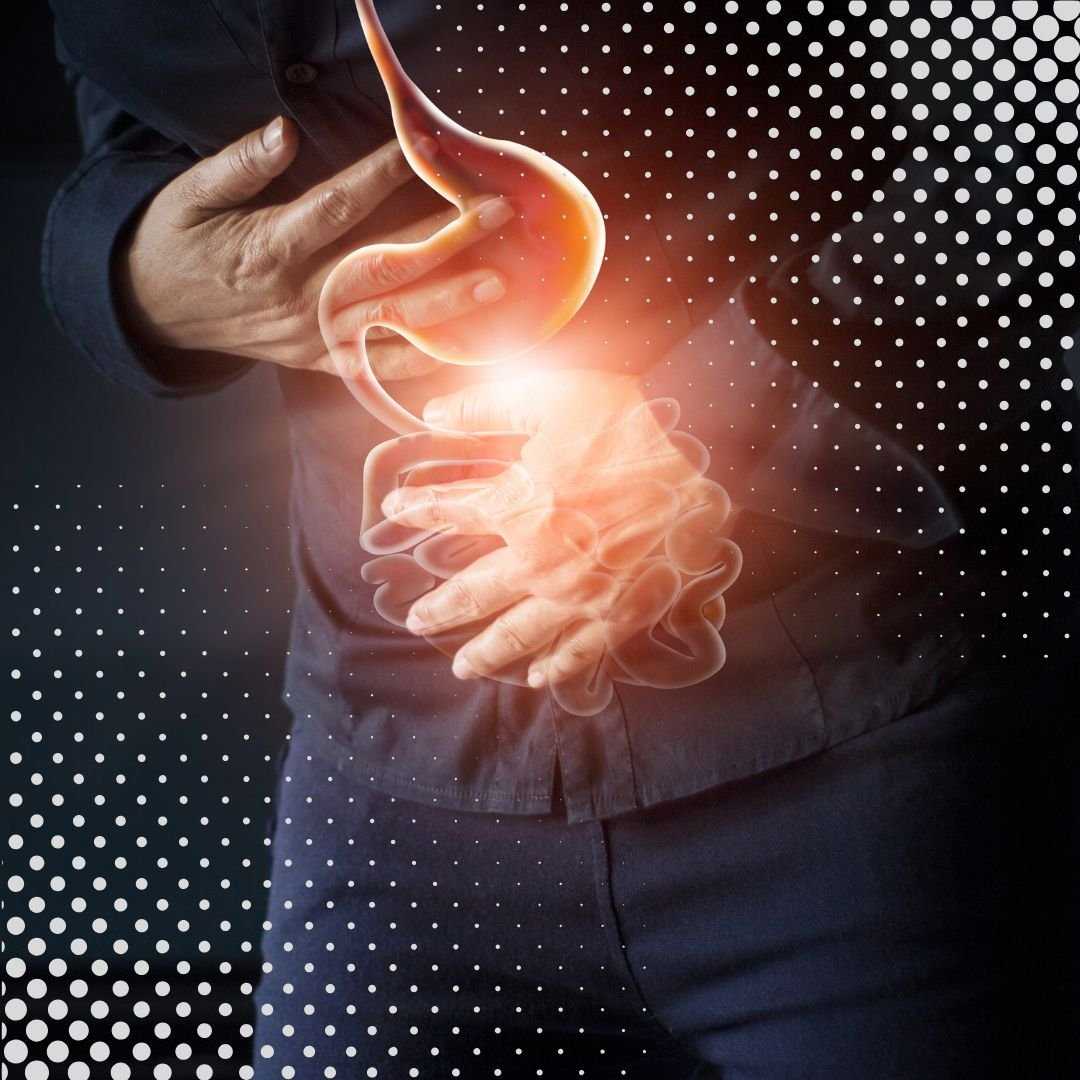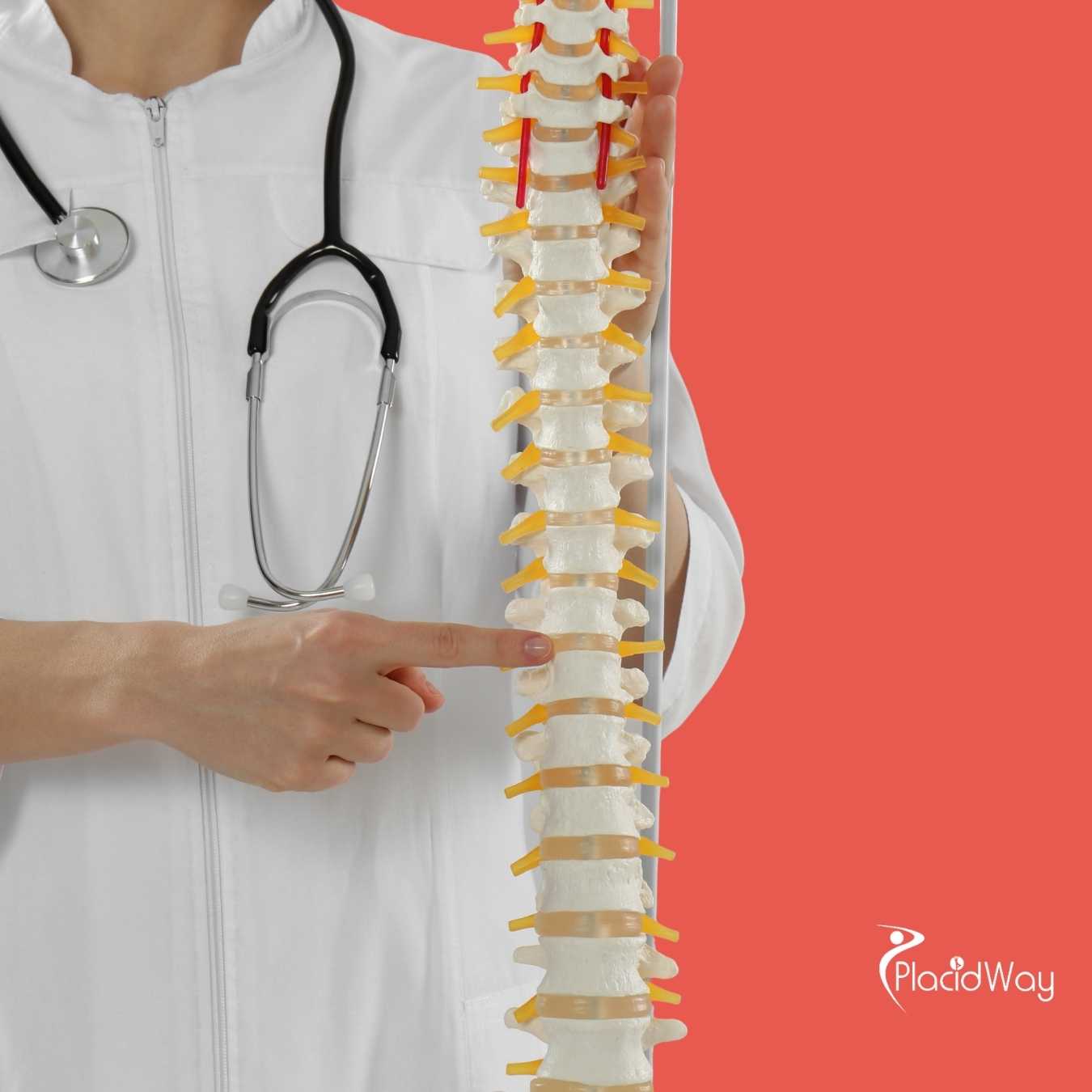From Lifelong Management to Cure: The Promise of Stem Cells for Thalassemia
.png)
Thalassemia is a genetic blood disorder that affects millions worldwide, leading to severe anemia and various health complications. For many years, managing this condition involved lifelong blood transfusions and iron chelation therapy, which significantly impacted patients' quality of life. However, scientific advancements have brought hope, with stem cell therapy for thalassemia emerging as a potential cure.
If you or a loved one is living with thalassemia, you're likely searching for effective treatments and, hopefully, a cure. The good news is that stem cells offer a transformative approach to treating this challenging disorder. This blog post will explore how stem cells can cure thalassemia, delve into the intricacies of this treatment, discuss success rates, potential risks, and even touch upon the growing trend of medical tourism for specialized care.
What is Thalassemia?
Thalassemia is an inherited blood disorder where the body makes an abnormal form or inadequate amount of hemoglobin, the protein in red blood cells that carries oxygen. This deficiency results in severe anemia, causing fatigue, weakness, and shortness of breath. The two main types are alpha-thalassemia and beta-thalassemia, with various subtypes ranging from mild to severe. The most severe forms, like beta-thalassemia major, require lifelong medical interventions.
Living with thalassemia often means undergoing regular blood transfusions, sometimes every 2-4 weeks. While these transfusions are life-saving, they also lead to iron overload in the body, which can damage organs like the heart, liver, and endocrine glands. To combat this, patients must also undergo iron chelation therapy to remove excess iron. This constant cycle of transfusions and chelation significantly impacts a patient's physical and emotional well-being.
How Do Stem Cells Work for Thalassemia?
The principle behind stem cell therapy for thalassemia is quite revolutionary. Thalassemia is caused by a defect in the stem cells within the bone marrow that are responsible for producing red blood cells. These hematopoietic stem cells (HSCs) are the progenitors of all blood cells, including red blood cells, white blood cells, and platelets. In a person with thalassemia, these HSCs produce faulty hemoglobin.
A stem cell transplant, often referred to as a bone marrow transplant, involves several key steps. First, the patient's existing, defective bone marrow is suppressed or destroyed using chemotherapy and/or radiation. This makes space for the new, healthy stem cells. Next, healthy stem cells, typically collected from a compatible donor (usually a sibling or matched unrelated donor), are infused into the patient's bloodstream. These new stem cells then migrate to the bone marrow, engraft, and begin producing healthy blood cells, including red blood cells with normal hemoglobin. This effectively replaces the genetic defect, offering a potential cure for thalassemia.
Is Stem Cell Therapy a Cure for Thalassemia?
For many patients, especially those with severe forms like beta-thalassemia major, stem cell transplantation is indeed a curative treatment. Unlike conventional treatments that manage symptoms, a successful transplant addresses the root cause of the disease by replacing the faulty blood-producing cells. This allows the patient's body to produce healthy red blood cells on its own, eliminating the need for lifelong blood transfusions and chelation therapy.
The success of a stem cell transplant for thalassemia largely depends on several factors, including the patient's age, the severity of their condition, and the degree of matching with the donor. Younger patients, especially those under seven years old who have not yet developed significant organ damage from iron overload, generally have better outcomes. A fully matched sibling donor offers the highest success rates, but advancements in half-matched (haploidentical) and unrelated donor transplants are expanding options for more patients.
What Are the Success Rates of Stem Cell Transplants for Thalassemia?
The success rates of bone marrow transplant for thalassemia have significantly improved over the years due to better conditioning regimens, supportive care, and donor matching techniques. For patients with beta-thalassemia major, particularly those who receive a matched sibling donor transplant at a young age and without significant organ damage, the cure rate can be impressively high, often exceeding 80-90%.
However, these rates can vary. Factors influencing success include:
- Donor Type: Matched sibling donors typically yield the best results. Unrelated donor transplants also have good success rates, especially with a high-resolution match.
- Patient Age: Younger patients (e.g., under 7 years old) generally have better outcomes due to less organ damage from transfusions and iron overload.
- Pre-transplant Condition: The absence of severe iron overload, liver fibrosis, or other complications prior to transplant improves prognoses.
- Center Experience: Hospitals with extensive experience in pediatric and adult stem cell transplants for thalassemia tend to achieve higher success rates.
For patients who do not have a fully matched sibling, options like matched unrelated donors (MUD) or haploidentical (half-matched) donors are increasingly available, with improving success rates, though sometimes associated with higher risks of complications.
What are the Risks and Complications of Stem Cell Therapy for Thalassemia?
While stem cell therapy offers a chance for a thalassemia cure, it is a complex and intensive procedure with potential risks and complications. Understanding these is crucial for patients and their families:
- Infection: During the period after chemotherapy and before the new immune system takes over, patients are highly susceptible to bacterial, viral, and fungal infections.
- Graft-versus-Host Disease (GVHD): This is a major complication where the donor's immune cells recognize the recipient's body as foreign and attack it. GVHD can range from mild to severe and affect various organs.
- Organ Toxicity: The chemotherapy and radiation used to prepare the body for transplant can damage organs like the heart, lungs, liver, and kidneys.
- Graft Failure: In some cases, the new stem cells may not engraft successfully, meaning they don't settle in the bone marrow and start producing blood cells.
- Relapse: Although rare for thalassemia, there's a small chance the original diseased cells could return.
- Secondary Cancers: A long-term risk of chemotherapy and radiation is an increased risk of developing certain secondary cancers years after the transplant.
Careful patient selection, pre-transplant evaluation, and meticulous post-transplant care are essential to manage and mitigate these risks. Advances in supportive care and immunosuppressive medications have significantly improved patient safety and outcomes.
Who is an Ideal Candidate for Stem Cell Therapy for Thalassemia?
Identifying the ideal candidate is crucial for maximizing the success and minimizing the risks of a stem cell transplant for thalassemia. The best outcomes are generally observed in specific patient profiles:
Key characteristics of an ideal candidate:
- Age: Younger patients, especially those below 7 years of age, tend to have better survival rates and lower rates of complications like GVHD. Their bodies are generally more resilient to the intense conditioning regimen.
- Donor Match: A human leukocyte antigen (HLA)-matched sibling donor is the gold standard. A perfect match significantly reduces the risk of GVHD and increases the likelihood of successful engraftment.
- Disease Severity and Organ Damage: Patients with beta-thalassemia major who have not yet developed significant iron overload, liver fibrosis, heart complications, or other organ damage from years of transfusions and chelation are preferred. Early intervention improves prognosis.
- Overall Health: Good general health, without other major chronic illnesses, is important for tolerating the procedure.
While these are the ideal criteria, advancements mean that even patients who don't fit this exact profile may still be considered. For instance, older children and adults, or those with matched unrelated donors or haploidentical donors, are now increasingly eligible, though their treatment plans might be adjusted to manage higher risks.
What is the Cost of Stem Cell Therapy for Thalassemia?
The financial aspect of stem cell therapy for thalassemia can be substantial. The cost is highly variable and depends on numerous factors, including the geographical location of the treatment center, the specific hospital's reputation, the type of donor (sibling vs. unrelated), and the complexity of the patient's condition. This cost typically includes pre-transplant evaluation, the conditioning regimen (chemotherapy/radiation), the transplant procedure itself, post-transplant medications (e.g., immunosuppressants), and extended hospitalization for monitoring and recovery.
In Western countries like the United States or Europe, the overall cost can range from $150,000 to well over $250,000. In contrast, countries offering medical tourism for such procedures often provide more affordable options without compromising quality. Below is a general estimate:
| Region/Country | Estimated Cost Range (USD) |
|---|---|
| United States | $200,000 - $400,000+ |
| Western Europe (e.g., UK, Germany) | $150,000 - $300,000+ |
| India, Turkey, Thailand (Medical Tourism) | $50,000 - $150,000 |
It's important to note that these figures are estimates and can fluctuate significantly based on individual patient needs, complications, and hospital fees. Insurance coverage also plays a critical role in making this treatment accessible.
Can I Travel Abroad for Thalassemia Treatment? (Medical Tourism)
Medical tourism for thalassemia treatment, particularly for stem cell transplantation, is a growing trend. Families often consider international options for several compelling reasons. One of the primary drivers is cost-effectiveness; as seen above, the price difference for the same high-quality procedure can be significant between developed nations and emerging medical hubs.
Beyond cost, patients may seek medical tourism for access to specific expertise or advanced technologies not readily available in their home countries. Some countries have highly specialized centers with extensive experience in pediatric stem cell transplants for thalassemia, attracting patients globally. Shorter waiting lists can also be a significant factor, as delays in treatment for thalassemia can lead to disease progression and increased complications.
However, traveling abroad requires careful planning and consideration of factors like visa requirements, accommodation for an extended stay (as recovery can take months), language barriers, and ensuring follow-up care upon returning home. It's essential to research and choose internationally accredited hospitals with robust experience in treating thalassemia with stem cells.
Which Countries are Popular for Thalassemia Stem Cell Treatment? (Medical Tourism)
Several countries have established themselves as prominent destinations for medical tourism, offering advanced stem cell therapy for thalassemia. These nations typically combine state-of-the-art medical infrastructure with experienced medical professionals and often more competitive pricing compared to Western countries.
Leading destinations include:
- India: Known for its vast network of JCI-accredited hospitals, highly skilled hematologists and oncologists, and significantly lower costs for stem cell transplants. Cities like Mumbai, Chennai, and Delhi are hubs for specialized thalassemia care.
- Turkey: Offers high-quality medical services, particularly in cities like Istanbul and Ankara, with many hospitals catering to international patients. Turkey has invested heavily in its healthcare infrastructure and provides advanced treatments at a fraction of the cost found in Europe or the US.
- Thailand: A well-established medical tourism destination, offering excellent medical care, modern facilities, and an attractive recovery environment. Bangkok is a key center for stem cell therapies.
- Singapore: While potentially more expensive than India or Turkey, Singapore is recognized for its world-class healthcare system, cutting-edge technology, and stringent medical standards, appealing to patients seeking the highest level of care.
When considering these options, it's vital to research specific hospitals, physician expertise, success rates, and patient testimonials to make an informed decision about seeking thalassemia treatment abroad.
What Other Treatments are Available for Thalassemia Besides Stem Cells?
While stem cell transplantation offers the only current curative option, many individuals with thalassemia manage their condition through conventional therapies designed to alleviate symptoms and prevent complications. These treatments have significantly improved the quality of life and life expectancy for patients:
- Regular Blood Transfusions: For individuals with severe thalassemia (e.g., beta-thalassemia major), routine transfusions of red blood cells are essential. These transfusions replenish healthy red blood cells, combat anemia, and suppress the body's ineffective red blood cell production.
- Iron Chelation Therapy: Lifelong blood transfusions lead to a dangerous buildup of iron in the body, which can damage organs. Chelation therapy involves medications (oral or injectable) that bind to excess iron, allowing it to be excreted.
- Splenectomy: The spleen plays a role in removing old or damaged red blood cells. In some thalassemia patients, an enlarged or overactive spleen can destroy transfused red blood cells too quickly, increasing transfusion requirements. Surgical removal of the spleen (splenectomy) can reduce this.
- Folic Acid Supplements: Folic acid is a vitamin essential for red blood cell production, and supplementation can help in some forms of thalassemia.
- Gene Therapy: This is a promising, cutting-edge approach that aims to correct the genetic defect responsible for thalassemia. It involves inserting a functional copy of the faulty gene into the patient's own hematopoietic stem cells, which are then infused back into the patient. While still largely experimental or newly approved in limited contexts, gene therapy for thalassemia holds significant potential to become a definitive cure in the future, without requiring a donor.
These supportive therapies are vital for managing the disease and are often continued until a patient is deemed eligible for a curative treatment like a stem cell transplant or gene therapy.
If you're considering advanced treatments for thalassemia, including stem cell therapy or exploring medical tourism options, PlacidWay can connect you with leading medical centers and specialists worldwide. Visit PlacidWay to learn more about comprehensive healthcare solutions tailored to your needs.


.png)









Share this listing